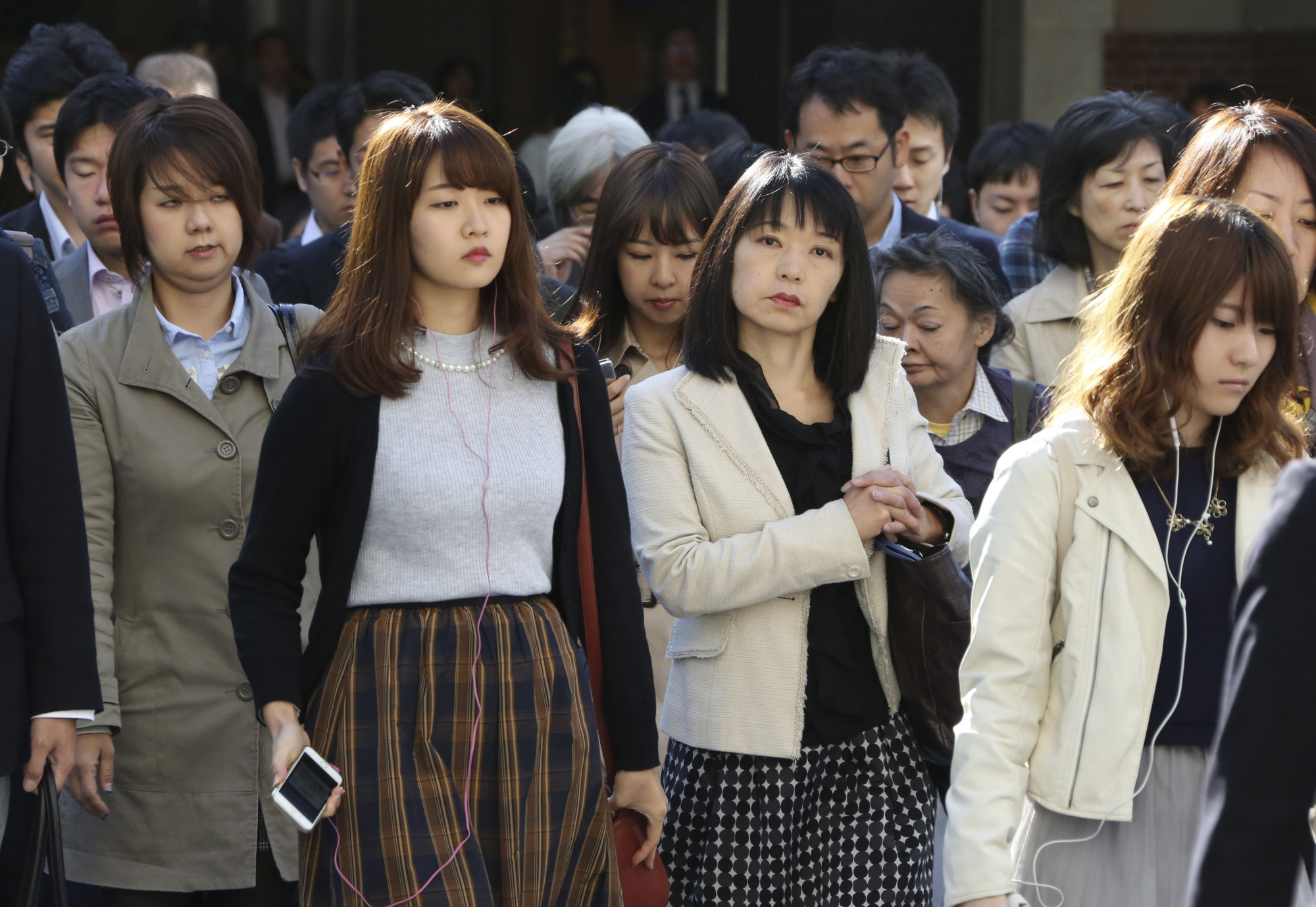Having started my career as a portfolio strategist immediately after the peak of Japan's asset bubble in 1990, I encountered the same question from investors around the world: How was Japan ever going to grow again?
After all, the economy was overburdened by bad debts in the banking system, an ever-expanding fiscal deficit, toxic deflation and daunting demographics. Frankly it was challenging to come up with any positive solutions during much of the 1990s, but then in 1999 I realized that part of the solution was right in front of me.
I had given birth to my first child three years prior, and while I returned to work after my four months of maternity leave, I noticed that many of my Japanese female peers who had also become mothers had not. For some, it was simply their personal choice to stay at home, but for many, I learned that despite their desire to return to work, numerous obstacles prevented them from doing so. That's when I decided to explore the nature of these hurdles — related to government policies, business practices and societal norms — and estimate the potential impact that higher female labor participation could have on Japan's economy — hence the birth of womenomics.



